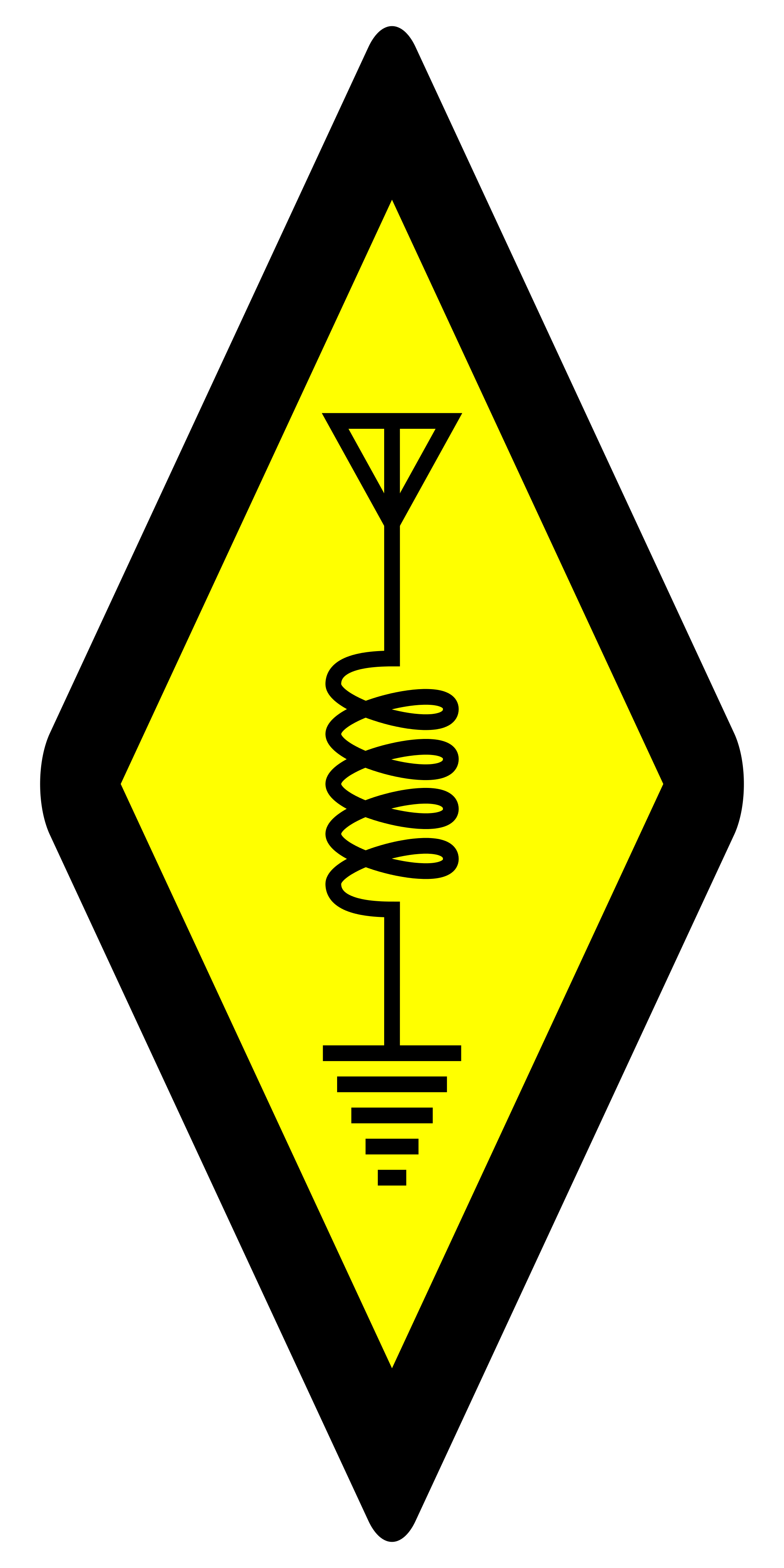Yes I’ve got a Logitech keyboard and trackball mouse.
Riley
eunuch temple priestess
@riley@fiera.social
- 33 Posts
- 117 Comments
I actually haven’t tried Immersed so I can’t really compare it, but this is just using the usual Quest window management, no special app. Godot has recently been released on the Quest app store and runs natively. I’ve then sideloaded a few Android apps to help with development: Material File Manager from F-Droid, AnyDesk for remote desktop work with Linux (mostly for Blender), and I’ve seen someone using Git through Termux, will likely employ that for larger projects in the future. SFTP through Material File Manager handles moving files between the Quest and my Desktop.
I’ve not tried any other Quest 3 headstraps (aside from the stock one), but for me comfort is king. I’ve previously owned a Quest 1, which I added a halo headstrap to, but it was still crazy uncomfortable for more than half an hour or so. Before that I owned a Rift CV1, which I also found uncomfortable after more than an hour, despite attempts to modify it for comfort. The Bobo M3 is the first time I’ve actually felt comfortable enough to use VR for literally hours at a time. It’s insane that it took seven years of being a VR enthusiast for me to finally find something like that.
No trouble with motion sickness (although in low light the windows can shift slightly as the tracking gets less accurate, which isn’t the most pleasant). Thanks to a remote desktop viewer (my desktop is running Linux, so I’m using AnyDesk) I’m able to use desktop tools like Blender and GIMP and work for hours without taking off the headset. This wouldn’t be possible without the Bobo M3 headstrap, which 1) takes the weight off the front of my face making it comfortable for that length of time and 2) allows you to swap out magnetically attached batteries on the fly. This is my first project doing this and it’s for this week’s 48-hour Ludum Dare game jam, so I’m mostly taking the headset off for food breaks and that’s it; which also gives the depleted batteries time to charge.

 20·3 days ago
20·3 days agoI’m very intrigued, Dan Sup is one of the most interesting people working in the fediverse these days, and I’m very curious about anything he puts forward.
My band did a cover of this song a few times!

 1·4 days ago
1·4 days agoYour Name is one of my most favourite films, it’s about bodyswapping.
Evangelion 1-4 are incredible sci-fi, but the TV series it’s based on is arguably superior (or at least, should really be watched first).
Shin Ultraman is very fun if you like campy live action sci-fi.

The CRTC absolutely needs to adapt and relegislate/reinforce CanCon for the digital era. Ensuring Canadian artists get represented in Canada on some of the biggest streaming platforms is super important.
There needs to be a film about the FOSS movement that matches the vibes of 1995’s cyberspace masterpiece Hackers.
Lemmy is definitely a more male space than I think even reddit was, and that does affect the tone of certain conversations. It really is a whiplash coming here from Mastodon sometimes and seeing a very different vibe.
Definitely a long way off from how active they were a year or two ago.

 2·12 days ago
2·12 days agoMy early impressions are certainly quite positive, I love how experimental it is and very willing to explore new gameplay styles. Certainly curious to see what the metascore ends up being, probably higher than Link’s Awakening HD?

 112·16 days ago
112·16 days agoCryptobros fuck off
Completely unique and very difficult to experience with alternative hardware nowadays (compared to the PSP which can be played on nearly everything). The games library is incredibly unique because small budget games still had a big chance to succeed.

 3·17 days ago
3·17 days agoI had a very interesting experience watching Network recently, a film from 1976 about the influence of television, and I had a strange realization that TV then was nearly as old as the internet is now. This just feels like a natural point in the history of a communications medium that people begin to think critically about its effect on people and the way we think.

 1·19 days ago
1·19 days agoA toque

 13·19 days ago
13·19 days agoI think about this all the time, I really could see myself getting into computer education ten years down the line.
What I would do is this:
- Focus on recreating styles of computing that produced our most digitally literate generation: Gen X (for context, I was born in 2000).
- Give everyone in the class a Raspberry Pi and a MicroSD card. Guide them through the setup process. This recreates larger, more complicated computers in microcosm.
- Start out with the Lite version of the Raspi OS, allow students to discover the different components of an operating system: Bash, window management, sound, the desktop, office applications. Take them through some common Raspberry Pi tasks.
- Do not allow the class to become the Adobe/Microsoft power hour. This is the number one way we are failing our students today.
- Have a unit focused around free software and the open source movement. Focus on social media literacy as well. Ensure that students understand how social media algorithms work, how these companies make money, understand that users are the product.
There’s probably more I could come up with if I sat down to really plan out a week by week lesson plan, but this is off the cuff where I’d put the focus. So many of these topics have Connections-style related points. “Why is my computer at home different from a Raspberry Pi?” gives you a great opportunity to expand on CPU architecture, which leads to how computers actually “think”. I remember when I was a child one of the things that I was most confused by was how a computer was able to turn Python into something it actually understands, that can be a fascinating lesson in the right hands. How does a computer know where to look on the disc when it boots up? It’s great!
Kids already know how to use phones and tablets. Take concepts from those, concepts they are already familiar with, and then explain the deeper process behind it. Computers are engineered by people, you can understand them, it’s not magic.

 5·19 days ago
5·19 days agoI’ve been a big Bethesda fan for years, no one else makes games that quite come close to their very simulationist style. I like Starfield, and now that it’s a year after launch I have finally found my angle on it to get the enjoyment out of it that I wanted. I think it’s a good game.
But it’s also a flawed game, it’s clearly not for you, and that’s okay too.
Lemmy is a lot less women-friendly, queer-friendly, trans-friendly than the rest of the fediverse. That really needs to change.



















Windows MR was deprecated and cannot run on the newest version of Windows; running older versions of Windows will only have support for it through to ~2026. It’s very unfortunate that it’s not long for this world because I hear the HP Reverb G2 is still a great headset.
Edit: If you’re looking for a cheap headset, the best option is usually on Craigslist/Marketplace. Used first-generation headsets (meaning the two Oculus Rift models, early HTC headsets) which are still in perfectly workable condition go for only $100-$200.